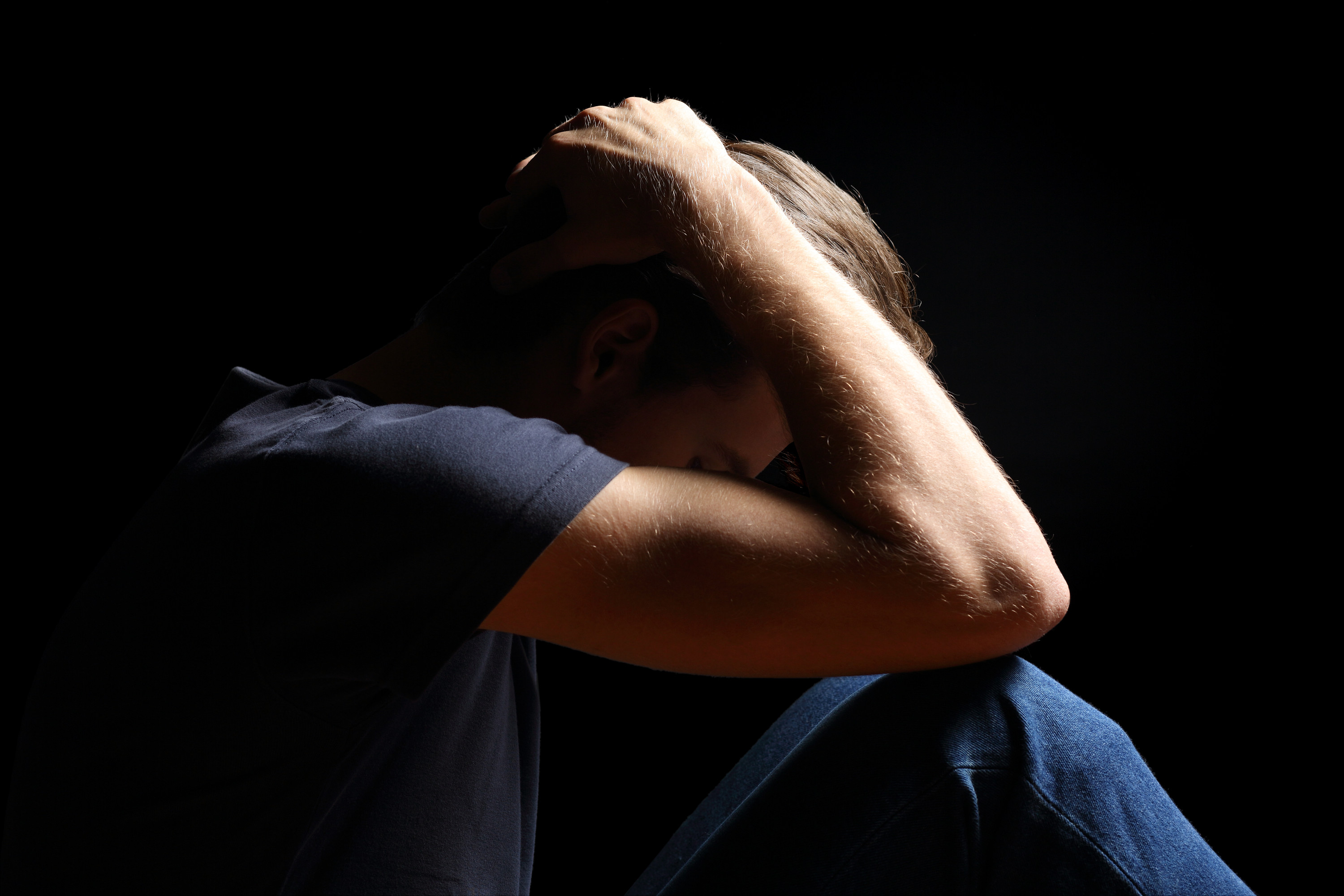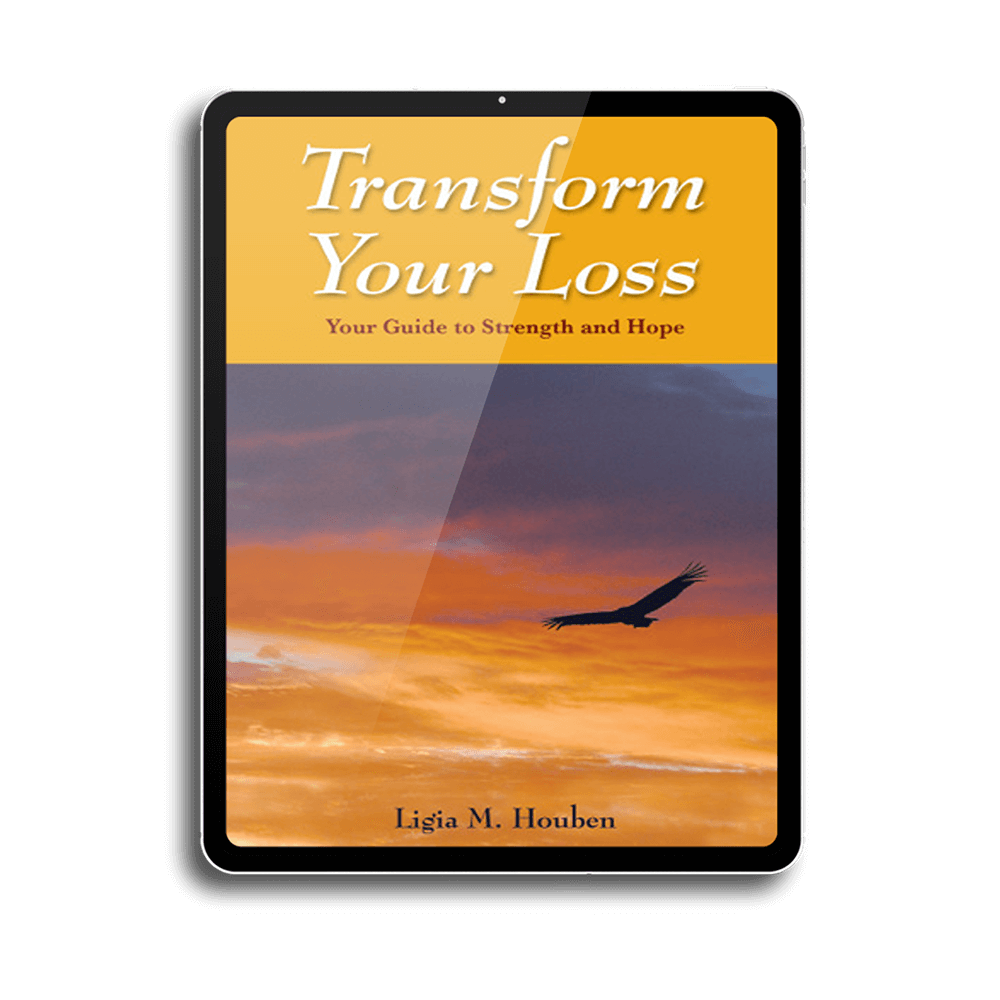I wrote this article after the suicides of Kate Spade and Anthony Bourdain, which happened very close to each other in June 2018. After reading the sad news about the suicide of the Olympic cyclist Kelly Catlin, I wanted to repost it again. The World Health Organization (WHO) reports that every 40 seconds a person dies due to suicide. Death by suicide is epidemic and it is important to talk about it and to look for help when it is needed.
According to the famous suicidologist, Edwin Schneidman, suicide happens when a person is experiencing psychache (psychological pain) which is impossible to bear. In his seminal work, Definition of Suicide, Schneidman stated that the most common emotion a person who is contemplating suicide experiences is hopelessness-helplessness. Taking this valuable information into consideration, we can take a closer and look at what is happening in our society. Based on a recent study of the Centers for Disease and Prevention in Atlanta, in the last two decades suicide has increased more than 30%. Moreover, in The Last Dance, the textbook I used when I taught Death and Dying at Florida International University, it shows that in 2005 there were almost 30,000 suicides a year in the United States. In 2016 the CDC shows there were nearly 45,000 deaths. These statistics show an increase of 50% in 11 years. What is provoking this increase? Who is dying from suicide and how can we prevent it?
This topic is getting a lot of attention after the unfortunate deaths from suicide of two famous people this past week, Kate Spade and Anthony Bourdain. These tragic incidents have promoted discussion about the causes of why people would take their own lives.
The CDC report shows to us that suicide not only happens when the person suffers from a mental health condition. It may occur when the person doesn’t possess the necessary life skills to help them deal with stressful life events such as financial difficulties, job loss, and health issues among others. In older adults, the fact of growing older can also be a cause of suicide. Furthermore, it is increasing among middle-aged men as Martin Daubney points out in his article, Why does no one care when boys fail at school, and middle-aged men kill themselves? Daubney mentions a study in the UK that shows a 40% increase in suicide among middle-aged men in the last five years. In the United States, the highest suicide rate (19.72%) is among adults (45-54 years of age).
It is important to know that suicide is happening on a significant scale and it’s necessary we start having the conversation openly, so we can focus on prevention and awareness. In the seminars I impart nationwide on Transforming Grief and Loss. Helping Your Clients Through Major Life Transitions, where we talk about how to build resilience, suicide is always central to our discussion. Experiencing the loss of purpose and meaning, seems to be a major factor to lose hope for a future, and find suicide as the only way to end a life that is not fulfilling.
Let’s keep in mind that not only adults die from ending their lives, but also adolescents and children. Among the leading causes seem to be a change of schools, peer pressure, and bullying (Grim, 2012). In a recent seminar, a counselor at a university shared with us that 40% of her clients have suicidal ideation.
How can we help
If you know someone who is suicidal, always validate their emotions. Remember that for them their pain may be too huge to handle, and suicide is their only way out. Allow them to talk to you about how they feel instead of diverting the conversation (e.g., you’ll be OK!), and provide support. Please remember not to say others have it worst. Sometimes trying to help, people make those comments, and they do not help much. Instead, provide information about hotlines and direct them to a professional that can help them find ways to cope with their life stressors.
Warning Signs
1. Changes in personality or behavior
2. Giving away possessions
3. Talking about killing themselves or the desire to die
4. Changes in eating and sleeping patterns
5. Isolation
6. Using alcohol or drugs
Risk Factors
1. Feelings or hopelessness
2. Mental disorders
3. Health issues
4. Previous ideation or attempts
5. Substance abuse
6. Financial losses
7. Relationship problems
8. Job loss
9. Isolation and lack of resources
10. Loss of a loved one
11. Lack of purpose or meaning
12. Fear of aging
13. Lack of coping skills
14. History of aggression
Lastly, let’s all keep in mind that understanding what may provoke someone to die from suicide can help increase awareness, participate in suicide prevention, and have an open and compassionate conversation.
Resources
Lenaars, Antoon A. Edwin S. Shneidman on Suicide. Suicidology Online 2010; 1:5-18. http://www.suicidology-online.com/pdf/SOL-2010-1-5-18.pdf
Schneidman, Edwin. PhD (1977). Definition of Suicide. Jason Aronson, Inc.: New York, NY.
Grimm, Joe, Ed. (2012). The New Bullying-How social media, social exclusion, laws and suicide have changed our definition of bullying, and what to do about it: Read the Spirit Books and Imprint of David Crumme Media, LLC.: Canton, MA
DeSpelder, Lynne Ann and Albert Lee Strickland (2005). The Last Dance. McGrawHill: New York, NY
https://www.cnn.com/2019/03/10/us/olympic-cyclist-death/index.html




